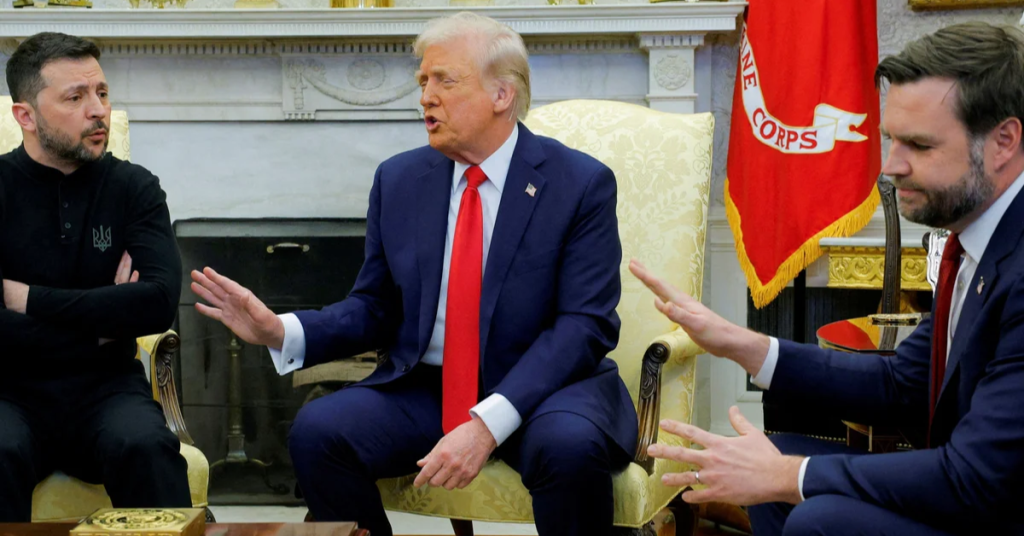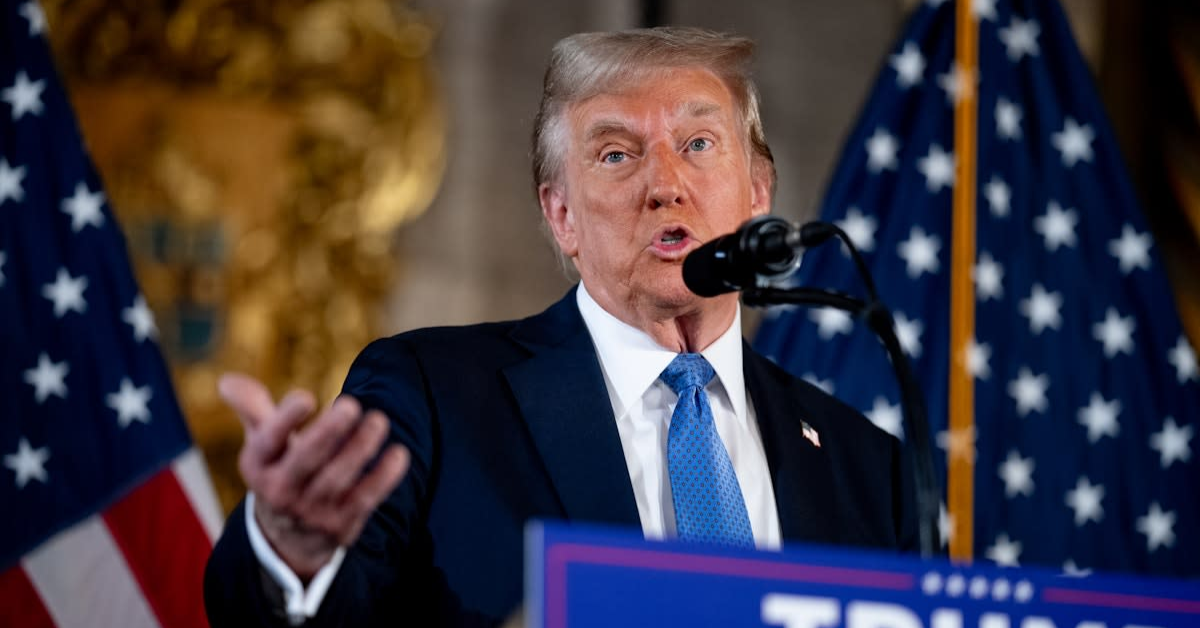Donald Trump’s first term in the White House was never short of drama. With constant firings, resignations, and chaos behind the scenes, the administration was often criticised for its lack of discipline. But as Trump moved into his second term, many expected the operation to be more organised, with a better-prepared team. However, new reports suggest that Trump’s second term is starting to show the same signs of disarray that defined his first.
The Early Promise of a More Disciplined Administration
At the beginning of Trump’s second term, many thought things might be different. After all, Trump had been through the learning curve of his first presidency. The early days of his first term were marked by unexpected departures, ranging from White House chiefs of staff to cabinet members. With that experience behind him, it seemed logical that Trump and his team would be more prepared.
Project 2025, a plan designed to prepare for a more organised second term, offered hope. It was meant to ensure that Trumpworld would have better ideas on who would fill key roles and which department or agency would take on specific tasks. It was an effort to ensure that the chaos of the first term wouldn’t repeat itself.
And, at first, it seemed like the administration was operating with more structure. Susie Wiles, Trump’s newly appointed chief of staff, received praise for running a more organised operation than any of Trump’s previous chiefs of staff. Numerous executive orders and decisive actions marked the initial weeks of Trump’s second term.
But as Trump approaches the 100-day mark of his second term, reports suggest that the early sense of discipline is fading.
The Return of Chaos
As the early optimism of Trump’s second presidency fades, new problems have begun to surface. A recent analysis by The New York Times revealed that the “veneer of discipline” from the first few weeks of the second term is disappearing quickly. Mistakes, miscommunications, and flip-flops have started to define the second term, reminiscent of the chaos of Trump’s first term.

For example, the “Signalgate” scandal, mishandling of tariffs, and Trump’s suggestion that he would fire Federal Reserve Chairman Jerome Powell have caused confusion and uncertainty within the White House. Other problems have included the deportation of a man to the wrong country, leadership instability at the IRS, and reports of internal chaos at the Pentagon.
Hans C. Noel, a government professor at Georgetown University, explained that there was good reason to believe the second term would be better organised. But that doesn’t appear to be the case. “The early signs suggested a more disciplined administration, but now we’re seeing the same issues again,” Noel said.
Loyalty Over Experience
What’s different in the second term, as compared to the first, is the emphasis on loyalty over experience. Many of the individuals Trump has brought into key roles in his second term are seen as loyalists rather than seasoned experts with experience in managing large institutions. This is particularly evident in the leadership of agencies like the Department of Defence.
Secretary of Defence Pete Hegseth, a loyal Trump supporter with no traditional military experience, is facing criticism for his handling of the Pentagon. Hegseth, who was previously known for his work as a Fox News host, has struggled to manage the complex operations of the Pentagon. Reports indicate that morale is low, and there have been numerous staff departures under his leadership.
One Pentagon spokesman even wrote an op-ed about his experience, calling it a “month from hell.” Despite Hegseth’s loyalty to Trump, it appears that his limited experience in managing a large bureaucracy is causing problems. Some believe Hegseth’s tenure as Defence Secretary may not last much longer if the chaos continues.
The Cost of Chaos
While Trump’s second term has gotten off to a rough start, it remains unclear how the administration will address these issues moving forward. The early signs of discipline have given way to mistakes, confusion, and ineffective leadership in key departments. The cost of this chaos could be significant, as it undermines the public’s trust in the administration’s ability to govern effectively.
As the second term presidency unfolds, the hopes of a more disciplined White House seem to be fading. Whether the administration can recover from these early missteps and restore some semblance of order remains to be seen.
About the Author
Stephen Silver is an award-winning journalist, essayist, and film critic. He is a contributor to The Philadelphia Inquirer, The Jewish Telegraphic Agency, The Broad Street Review, and Splice Today. Silver is also the co-founder of the Philadelphia Film Critics Circle. He lives in suburban Philadelphia with his wife and two sons.
Disclaimer: This article has been meticulously fact-checked by our team to ensure accuracy and uphold transparency. We strive to deliver trustworthy and dependable content to our readers.


